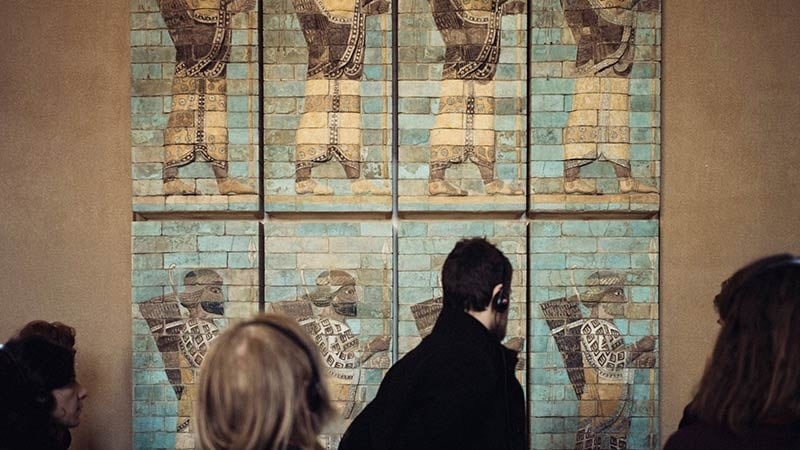What Louvre dealers steal from Iran?
-

Iranian antiquities in the Louvre Museum, Paris
Pars Today – Many of Iran’s ancient artifacts now housed in the Louvre Museum in Paris were transferred abroad as a result of archaeological excavations, suspicious sales, and, at times, looting during periods of political weakness in Iran.
The transfer of Iran’s ancient artifacts to Western museums, particularly the Louvre Museum in Paris, is a major issue in the fields of cultural heritage and international law. These artifacts, which represent Iran’s ancient civilizations, were taken out of the country under specific circumstances, often during periods of political weakness and in the absence of adequate protective legislation.
In the 19th and 20th centuries, many Western officials used diplomatic influence, excavation permits, and scientific cover to transfer or steal archaeological artifacts from Iran. The weakness of legal and regulatory structures in Iran, especially during the Qajar and early Pahlavi periods, facilitated the illegal removal of these artifacts.
The capital of Darius I’s palace, one of the most iconic Achaemenid artifacts, was transferred from the ancient sites of Susa (southern Iran) to the Louvre Museum in Paris. Elamite and Akkadian inscriptions, including cuneiform tablets from the ancient civilizations of southwestern Iran, were also moved to the Louvre. The bas-reliefs of Achaemenid archers, which showcase the artistic skill and military prowess of the Achaemenid court, are among the historical treasures of ancient Iran that were stolen.
The Iran section of the Louvre Museum is a treasure of ancient Iranian civilization that, while a source of pride, also serves as a reminder of periods of neglect of cultural heritage and foreign influence. Today, discussions are ongoing about returning these artifacts to Iran, but achieving this requires political and legal will at the international level.
From the perspective of international law, the theft and trafficking of antiquities are considered serious violations of a nation’s cultural heritage and are subject to legal prosecution under international frameworks. The 1970 UNESCO Convention is the most important international instrument for preventing the illicit trafficking and transfer of cultural property. This convention obliges countries to prevent the illegal export of antiquities and, if such items are discovered, to return them to their country of origin.
Even in the absence of a formal treaty, the principle of respecting a nation’s cultural heritage and preventing its plunder is recognized as an international norm. Iran is a signatory to the 1970 UNESCO Convention and, in recent years, has successfully repatriated some artifacts with the cooperation of Interpol and UNESCO.
Many of the artifacts transferred to Western museums, such as the Louvre, the Metropolitan Museum, and the British Museum, are preserved there, and their return faces legal challenges. Iran and other countries have made efforts to recover historical artifacts. Today, from the perspective of international law, such acts are considered violations of a nation’s cultural heritage.
The role of Western officials in the theft or transfer of Iran’s antiquities was a combination of political influence, diplomatic relations, and scientific exploitation. This process not only threatened Iran’s cultural heritage but also serves as an example of cultural colonialism in the 20th century. Revisiting this history and pursuing international legal action can be a step toward securing the rights of nations.
The transfer of Iran’s antiquities abroad is an example of 20th-century cultural colonialism, which not only endangered national heritage but also impacted the historical identity of nations.


